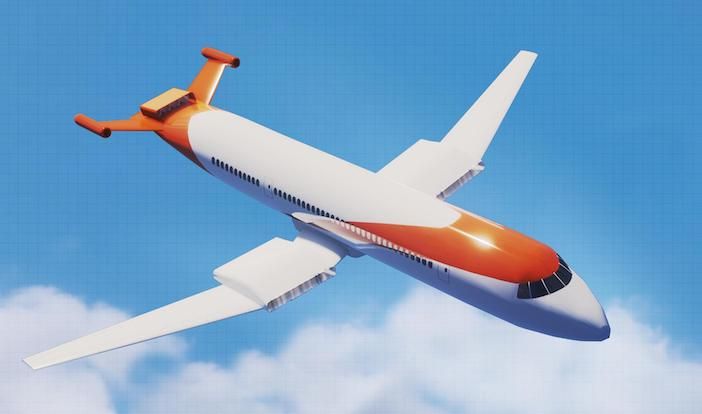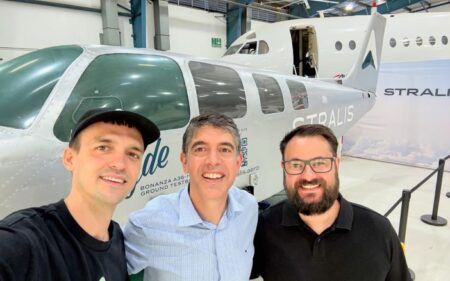US-based electric aircraft developer Wright Electric has successfully tested and demonstrated the megawatt-scale power inverter it will use in its commercial airliner.
Wright Electric, which was founded in 2016, aims for its Wright 1 narrowbody airliner to have 186 seats, a range of 800 miles and is targeting a 2030 entry into service for the aircraft. The company has so far focused on developing it propulsion system.
Wright plans to start flight testing technology for the Wright 1 during 2023 on a Boeing 747 testbed. In October last year the company received a $650,000 grant from the US Department of Energy’s Electric Aircraft Program to help develop the propulsion system
An inverter converts DC power to AC power suitable for use in a propulsion system’s electric motors.
According to Wright its inverter, which is designed to be scalable for use in 500 kw to 20MW electrical systems is a key building block towards development and certification of the Wright 1 whether it is battery or hydrogen powered.
Wright said its inverter has a 99.5% efficiency – a six times improvement in heat loss over current in-production aviation inverters resulting in significantly lower thermal management loads. It said it has also achieved a 30 kw/kg power density in the inverter, in contrast to current technology which delivers 10-20 kw/kg.
On a standard single-aisle aircraft, the reduced footprint achievable with Wright’s inverter would result in a weight savings equivalent to adding up to 10 extra passengers the company claims.
Jeff Engler, CEO of Wright said, “The level of performance demonstrated with our new inverter will become the baseline for any new electric aircraft and is a key technology in our megawatt system.
“In January 2020, we announced the start of our megawatt scale electric motor program for a single-aisle commercial airliner. Over the coming months, Wright will be making additional announcements regarding the progress of our integrated propulsion system.
“Zero-emissions commercial aircraft are the future, and Wright is focused on delivering on the promise.”
Wright’s engineers will next integrate the inverter with an in-house developed 2 MW motor and perform high altitude chamber testing before it is qualified for flight.





